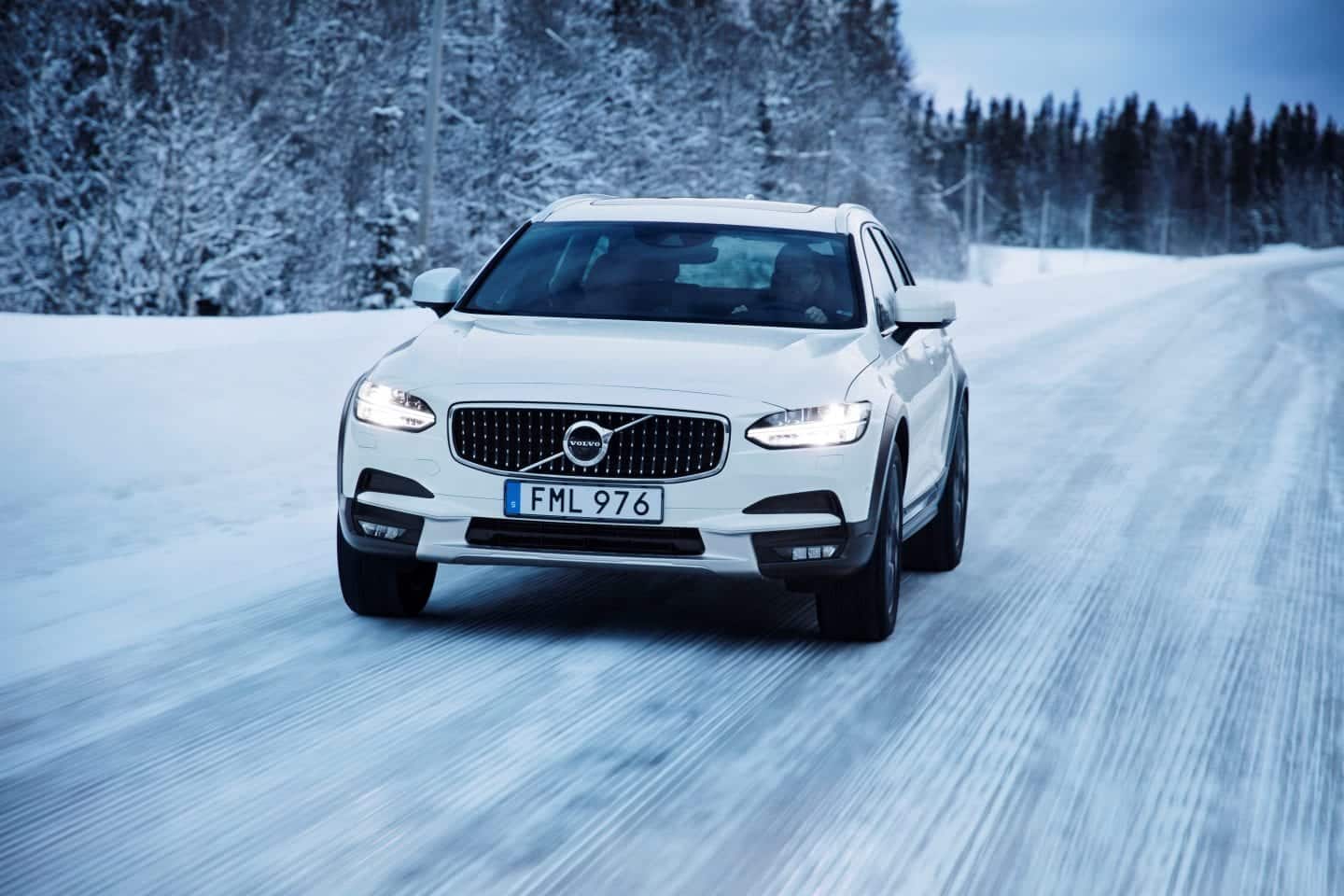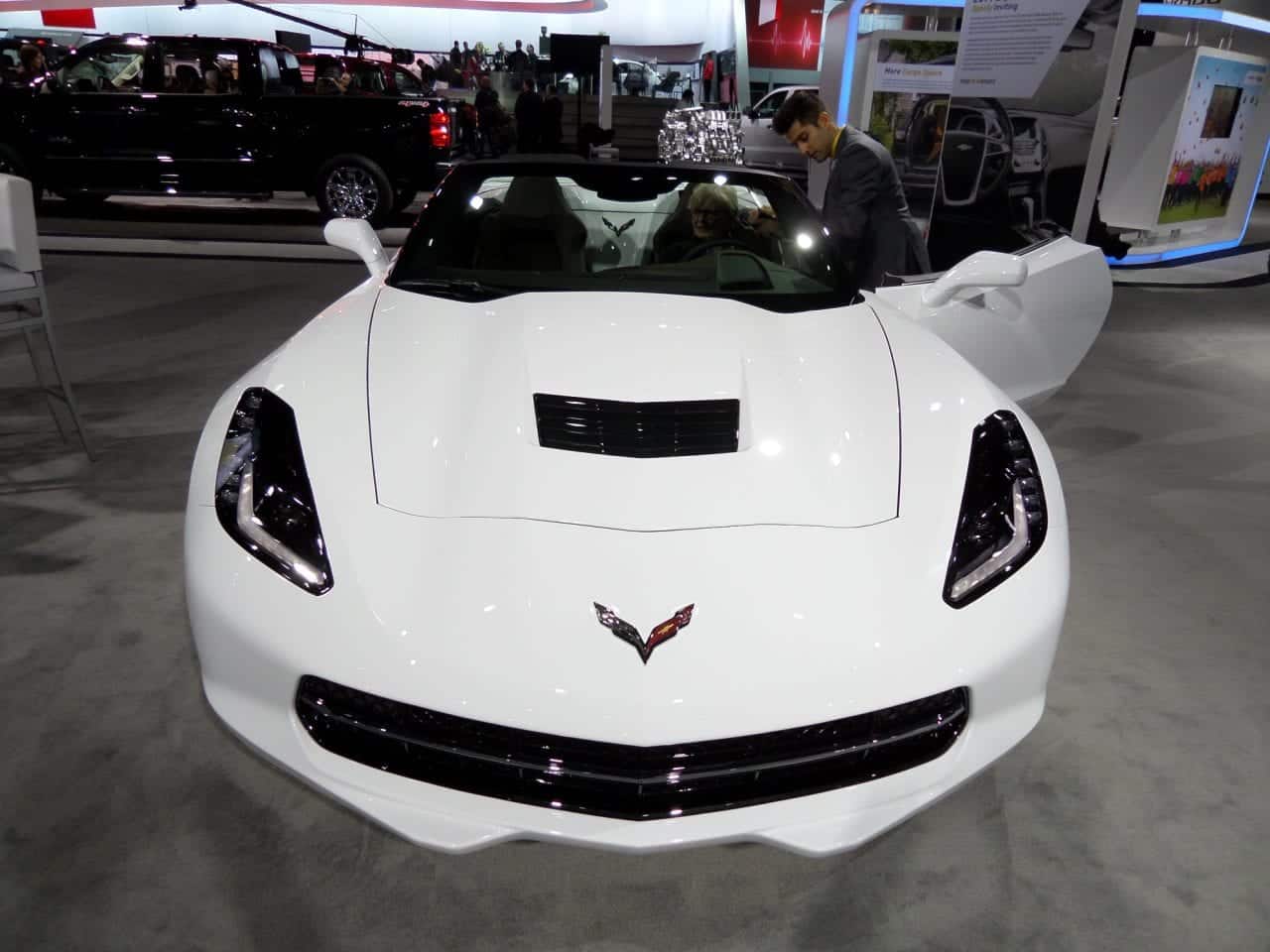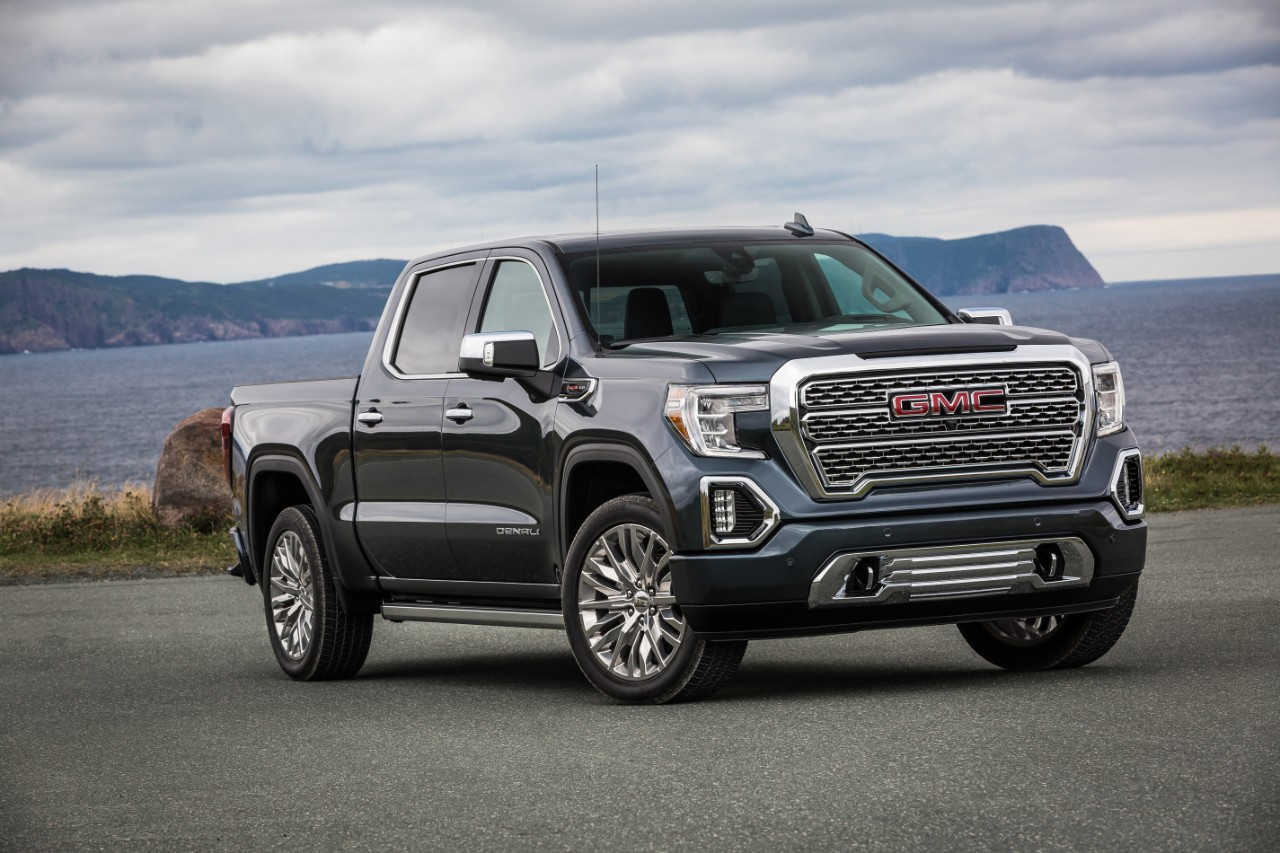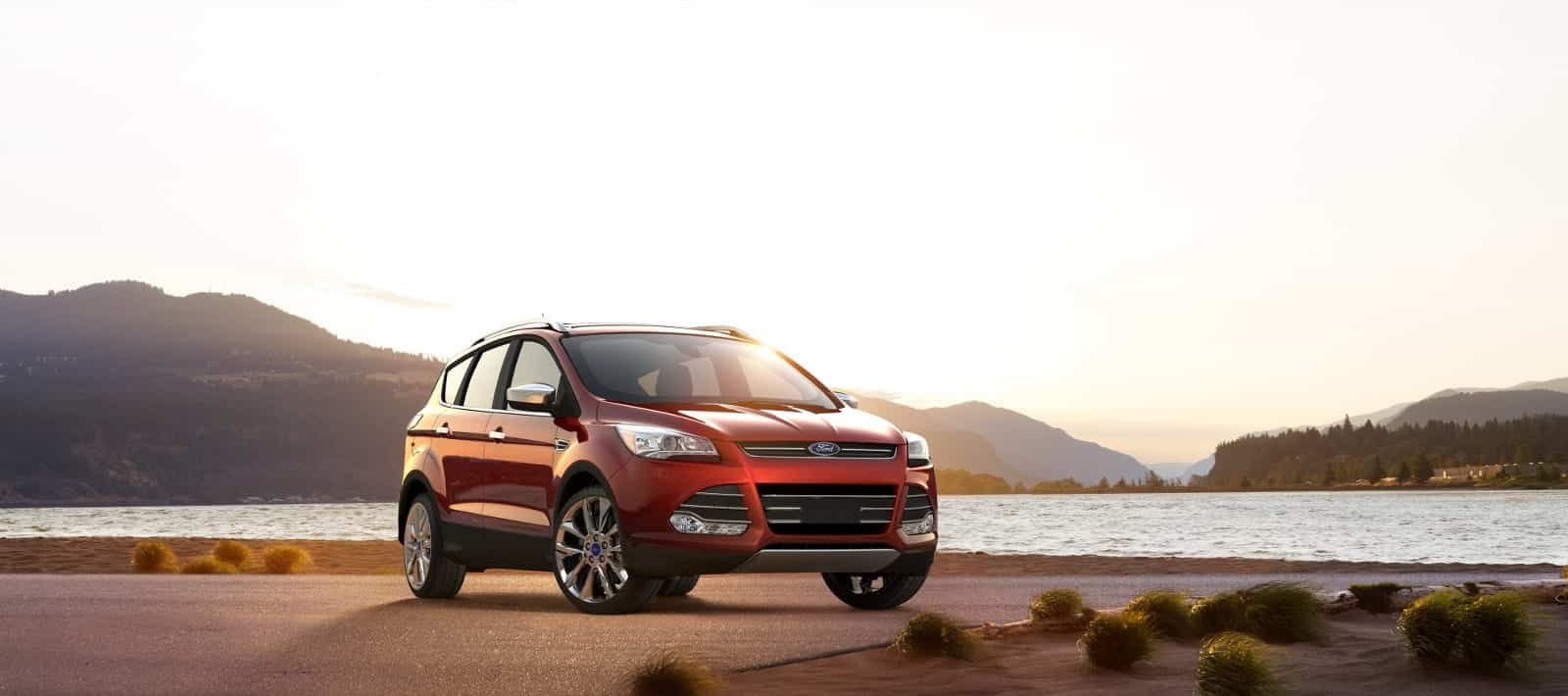Like me, you probably haven’t been seeing many station wagons in recent years. Big, boxy (and expensive) SUVs became very popular for a while, then crossovers starting dotting the roads after 2008’s high oil price peak of $147 per barrel. From that, people learned a lesson about conservation: Don’t buy such a large vehicle just for your trips to work and the grocery store, as it’s a waste of gas.
If you’re not frequently picking up large appliances that can’t fit in a smaller car, then an SUV is not likely to pay for itself. Even if you needed to pick up a new stove, washing machine, and refrigerator every single year. Crossovers are providing the numerous people who must have SUVs (for what reason, I don’t know) with a somewhat fuel-efficient option that has the little extra room needed to carry a large TV, computer, etc without the tremendous expense. Crossovers bridge the gap between SUVs and station wagons where both convenience and fuel efficiency are concerned.
The Volvo V90 Cross Country is a beautiful, modernized wagon with adequate (but not tremendous) horsepower and a plush interior. The 2017 V90 Cross Country has engine options ranging from 190HP to 320HP. The 190HP and 235HP options are Diesel engines, the 254HP option is a gasoline engine, and the 320HP option is a gasoline engine (tip: Diesel engines are often more fuel efficient).
The V90 Cross Country has a crossover-like trunk with an elastic accessory that can hold down items such as handbags and groceries (shown in the pictures below). As someone who has had groceries fly around and burst open in crossover trunks, I can see how this would be useful! It also has 1526 litres of cargo room.
2017 Volvo V90 Cross Country Fuel Economy
The V90 Cross Country gets 22 MPG city, 30 MPG highway, and 25 MPG combined. City fuel economy ratings reflect average fuel efficiency during city driving. Intermittent braking and acceleration occur more often during city driving, resulting in more wasted fuel and lower MPG ratings. Highway driving reflects average fuel efficiency during highway drives, which generally involve less frequent braking, resulting in higher fuel efficiency.
Combined MPG ratings are intended to reflect average driving conditions. They are based on 55% city driving, and 45% highway driving.
Images obtained with thanks from Volvo.









